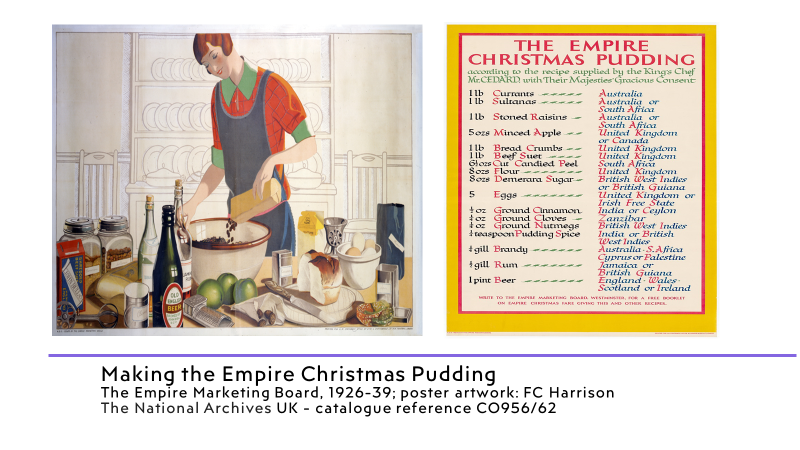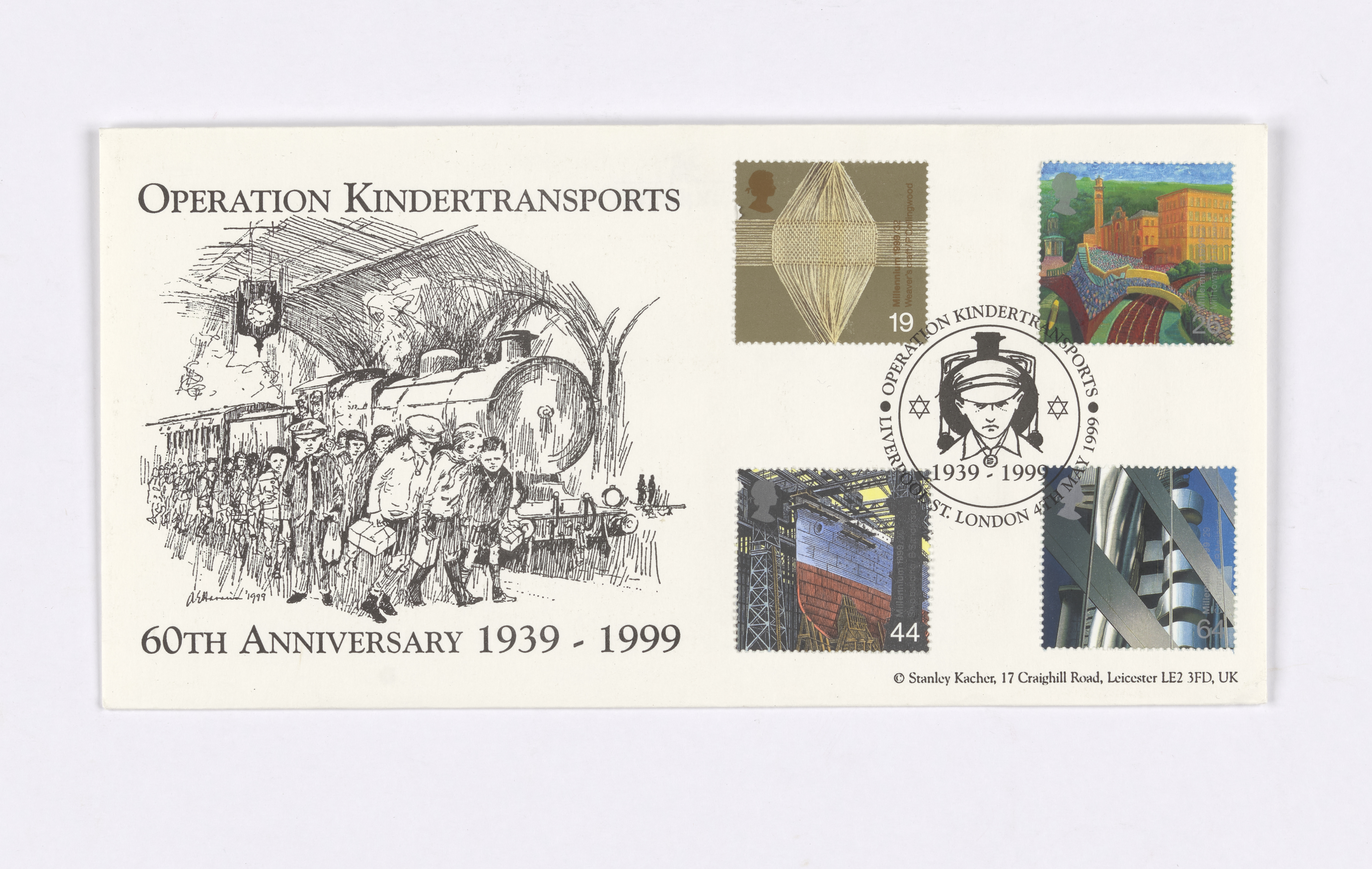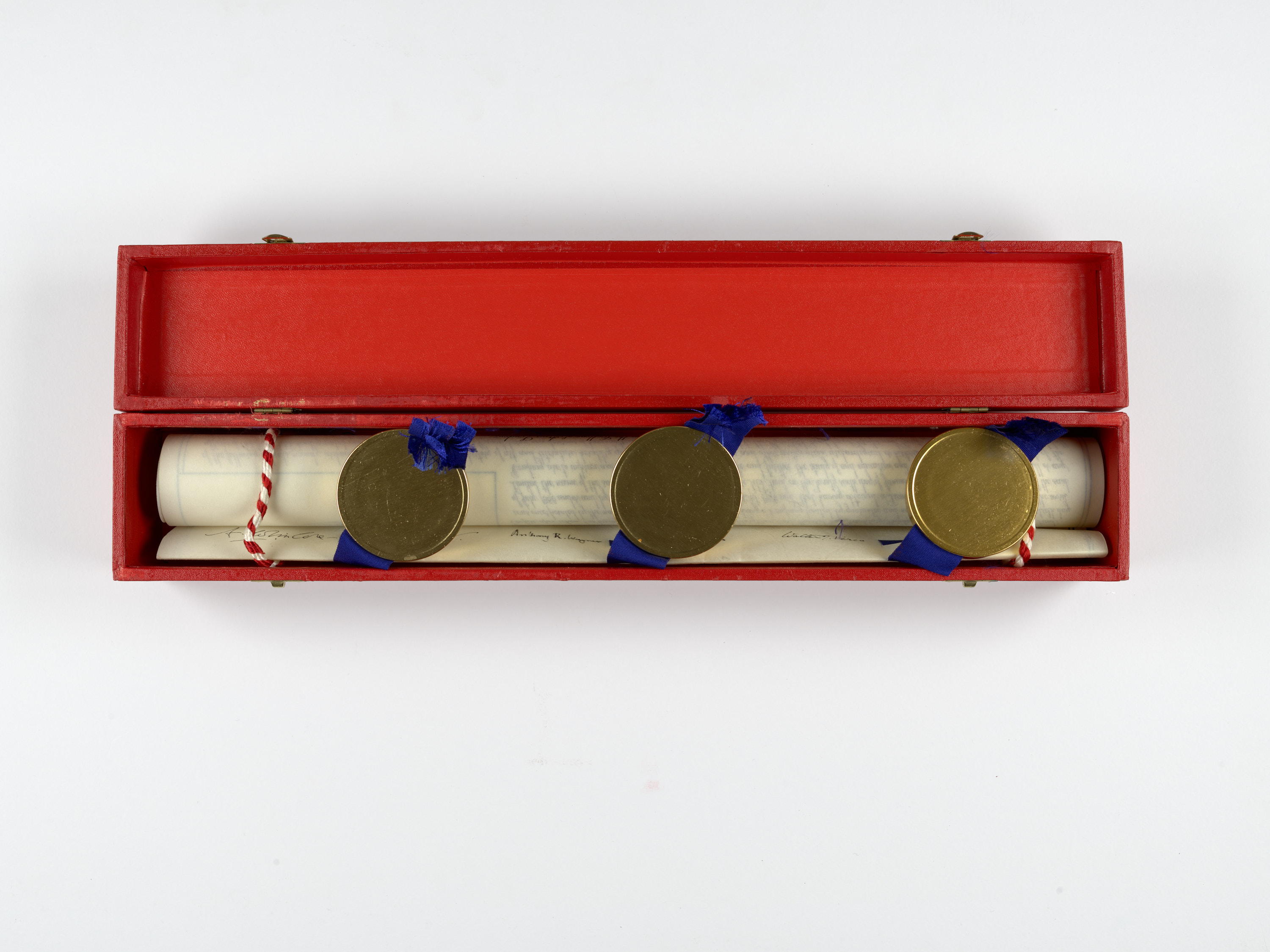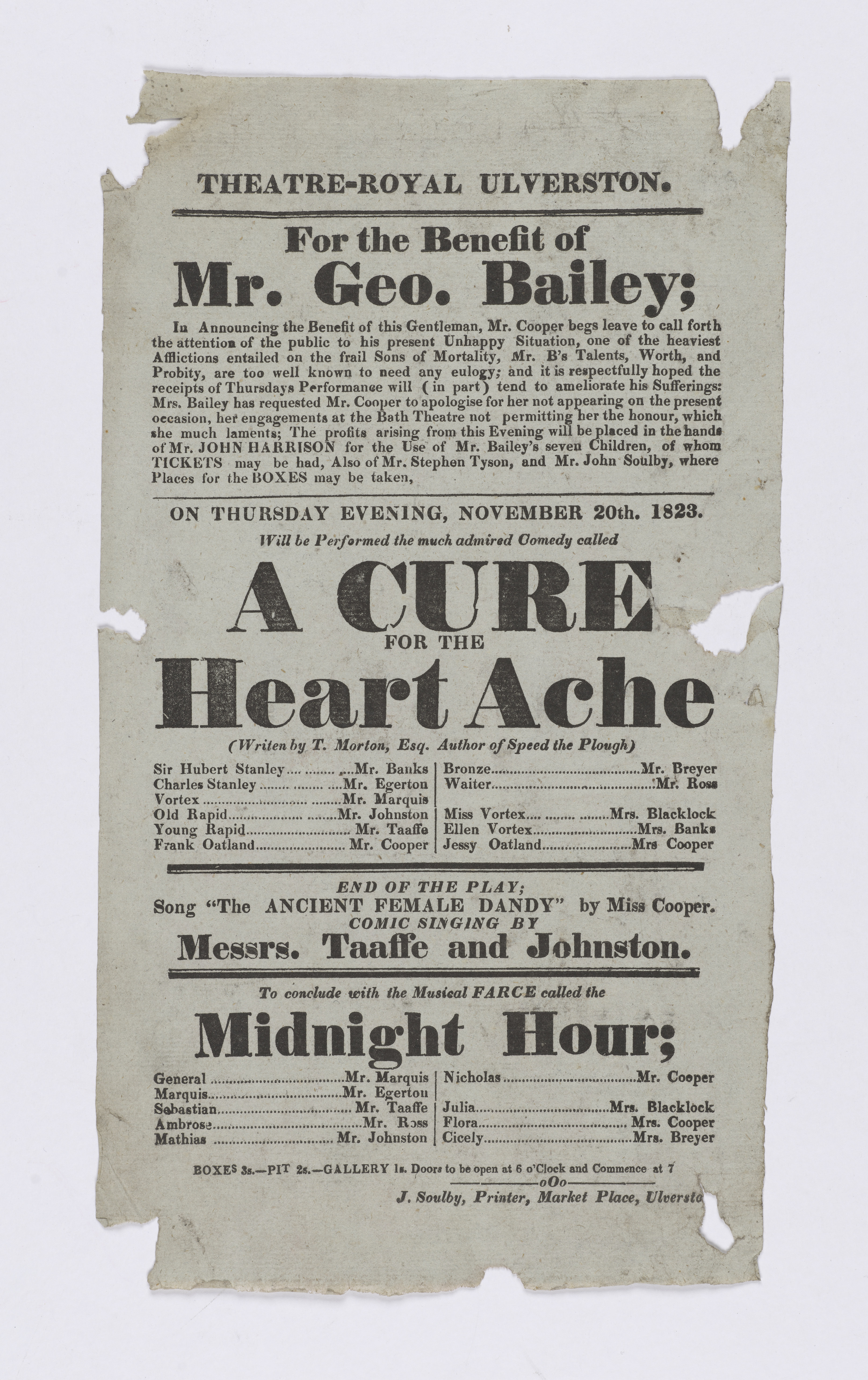Special Collections and Archives are pleased to be supporting Dr Balasubramanyam Chandramohan, Senior Research Fellow at the Institute of Commonwealth Studies on this digital exhibition as part of the Being Human Festival:
Seeing Commonwealth through Cartoons
Visitors to the exhibition will encounter the Modern Commonwealth from 1949 to the present day, and themes including climate change, media freedom and human rights.
The exhibition will be shown on a digital screen in the Templeman Gallery between Monday 13th November and Friday 17th November 2023. You may view this exhibition at any time.
We will also be holding drop-in talks, which will run alongside the exhibition at 17:00-18:00 daily from Monday 13 November to Friday 17 November in the Templeman Gallery and in room A 108 which is adjacent to the Gallery.
You may wish to register for the drop in sessions using the following link: https://www.ticketsource.co.uk/special-collections-and-archives-university-of-kent/seeing-commonwealth-through-cartoons/e-xgdkyz
Remote links via Teams to talk to Bala in each drop-in session are here:
- Tuesday 14th November – 3pm to 6pm : Click here to join the meeting
- Wednesday 15th November – 5pm to 6pm : Click here to join the meeting
- Thursday 16th November – 3pm to 6pm : Click here to join the meeting
- Friday 17th November – 5pm to 6pm : Click here to join the meeting
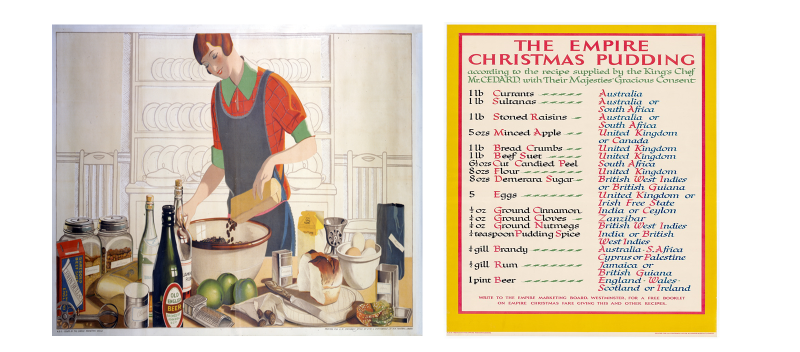
Making the Empire Christmas Pudding The Empire Marketing Board, 1926-1933, poster artwork, FC Harrison The National Archives UK, catalogue reference CO956/62
About the exhibition:
The Exhibition is predominantly a collection of cartoons available at the British Cartoon Archive in Canterbury, Kent, United Kingdom. This Archive is fifty years old and has a range of cartoons that cover the history of the Commonwealth.
The cartoons in the exhibition focus on the Modern Commonwealth, in which the members can have their own Head of State, while choosing the Head of Commonwealth. The current Head of the Commonwealth is King Charles III.
Commonwealth is governed by Commonwealth Charter and currently has fifty-six member states. It has its administrative headquarters in Marlborough House in London. https://thecommonwealth.org/
A chronological narrative is used in the Exhibition, especially in Section 1, which focuses on Political Cartoons published in the UK, while Section 2 focuses on an Educational Cartoon publication, based on the Sierra Leone Truth and Reconciliation Commission Report.
The Being Human Festival:
As part of the Being Human Festival 2023, the cartoons highlight the theme ‘Rhyme and Reason’.
The ‘Rhyme’, which underpins creativity/critique is represented in the artwork and satire of the drawings, captions, and embedded text.
The ‘Reason’ is the real-life data on the artists, publishers, events, personalities, and themes/ideologies in the cartoons.
Disclaimer:
The curator’s choice does not represent the views of any Commonwealth organisation or of the School of Advanced Study/University of London or any ideological biases in the cartoons.
The curator requests a nuanced engagement with the images and the text, considering the specific historical, social, political, and cultural context past and present.
Curatorial choices are based Dr Balasubramanyam Chandramohan’s research on the Commonwealth as a Senior Research Fellow (email- bala.chandra@sas.ac.uk), and logistics of securing copyright permissions.

